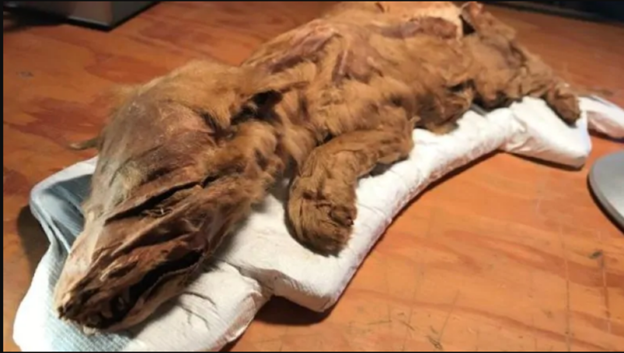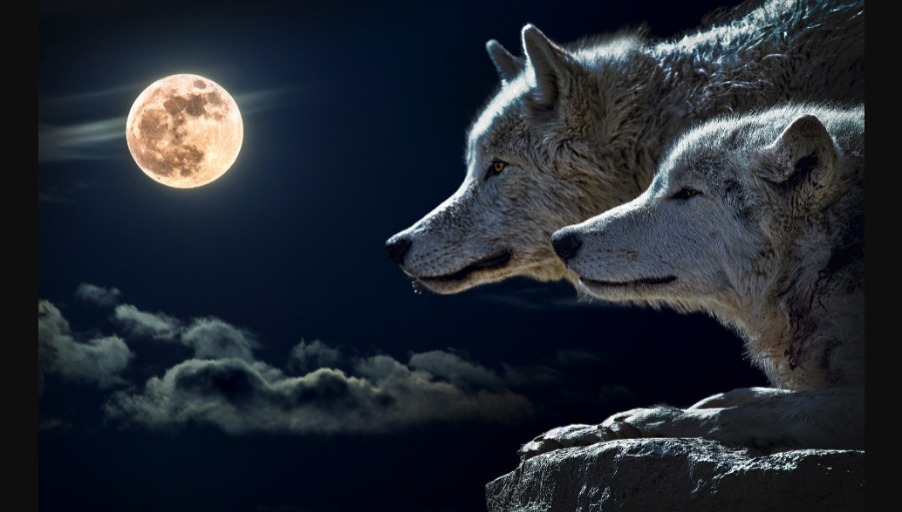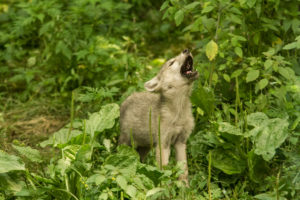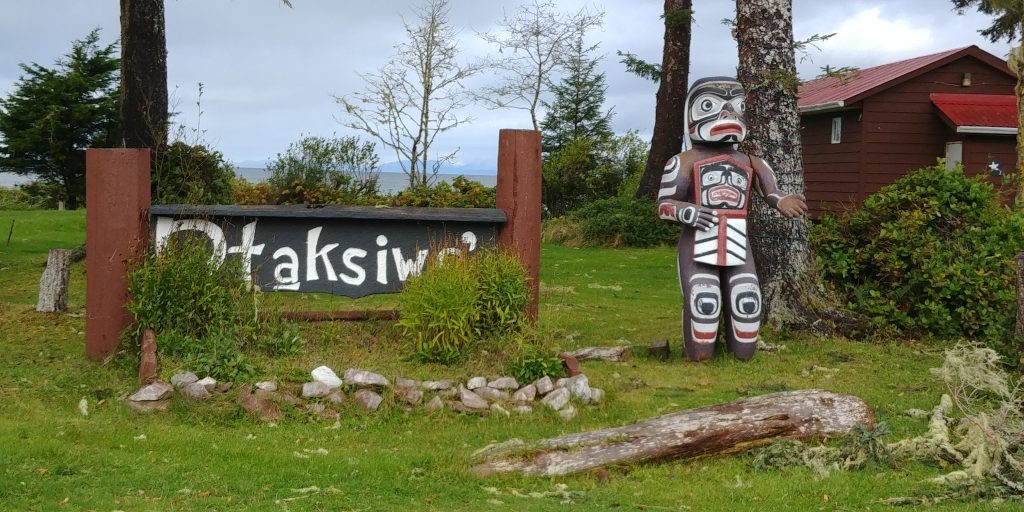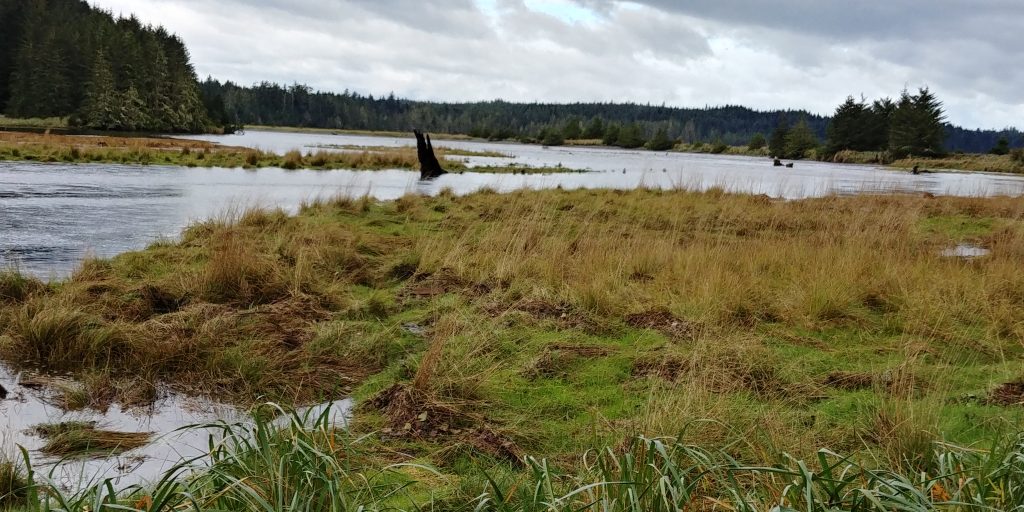Some say being creative has to do with a person’s genetic makeup. Others consider it an attitude. I’ve learned that the drive to create can be a lifelong passion.
In 2013, I interviewed Ruth Dickson about her upcoming art show at the

Pearl Ellis Gallery in Comox, BC. Within the last 12 months, she had completed nearly 52 paintings and published her sixth book. She was nearly 95 years old.
As a young mother living in the isolated community of Sayward, BC, Ruth played around with her children’s paints and pastels. Later, when the family moved to Cowichan, she took her portfolio to the University of Victoria and was accepted into the second year of the art program. Eventually she taught classes in oil painting, silkscreen and batik at Malaspina College (now Vancouver Island University).
When Ruth turned 90, she decided she’d lived long enough to have something to say about her past. So, she took her walker and a manuscript to a week-long workshop at the Victoria School of Writing. “I was the oldest student they’d ever had,” she said. “But they thought my work was funny and interesting and were excited about it.”
Ruth wrote the first draft of her books in longhand as it “helped her think.” She taught herself to type and transcribed her first two, poetry collections on an old Remington typewriter. For later books, Ruth joined the technological age, noting that she loved everything about computers except learning a new word-processing program.
Ruth credits her love of the outdoors and her rich fantasy life to growing up in remote locations on Scottish light stations and the Canadian Prairies.
She was always curious and eager to learn but, due to the Depression, was unable to receive as much education as she wanted. Instead, after marrying in 1941, she vowed to learn something new every year.
“I discovered you can learn your whole life — and to never be afraid to try something new,” she said.

In her mid-to late nineties, Ruth’s normal routine was to paint one week and write the next. One wall of her spare bedroom contained a table and painting supplies, while the other was set up for her literary endeavours.
Despite health challenges in her later years, Ruth accepted a commission to create a two-metre painting of a great white shark. She also participated in an hour-long Port Townsend, Washington radio program sharing the story of how, as a young mother, she shot at a cougar sneaking up on her baby’s carriage. And, when a rat made a brief appearance in her apartment, she incorporated a much cuter version of the unwelcome guest in a baby sweater she knitted to celebrate the birth of a great-grandchild.
Despite our age difference, my interview with Ruth evolved into many emails, phone calls and visits over tea and cookies. She was a lively, entertaining companion and will always be an inspiration to me on how to remain curious, engaged and creative throughout life.
Ruth passed away in Courtenay, BC on March 12, 2021 at age 102. Wherever her spirit has gone, I’m sure a paintbrush, notebook and computer are close at hand.
When You’re 97 is a collection of humorous drawings and comments Ruth created as a lighthearted look at the challenges of growing old.


